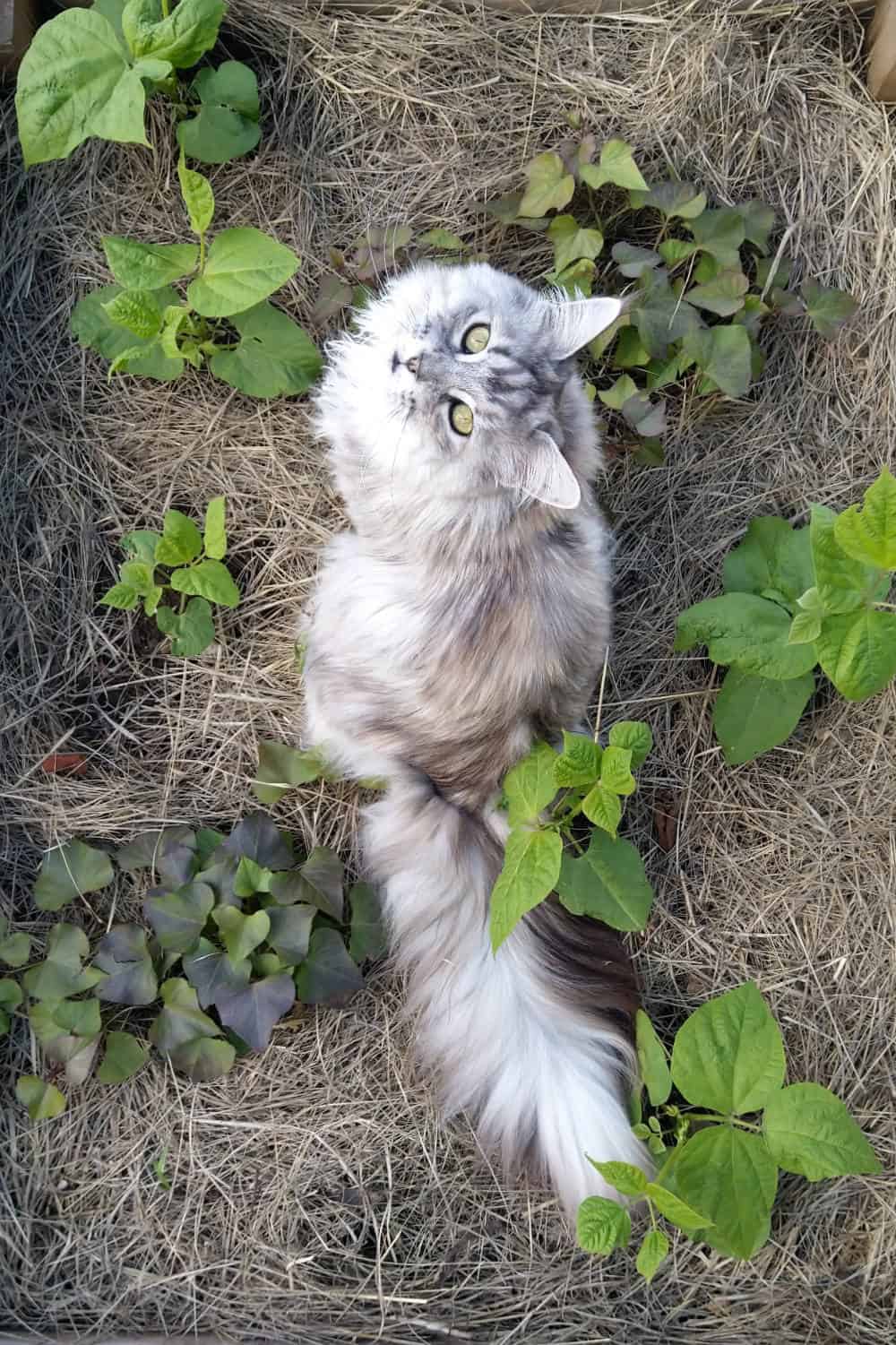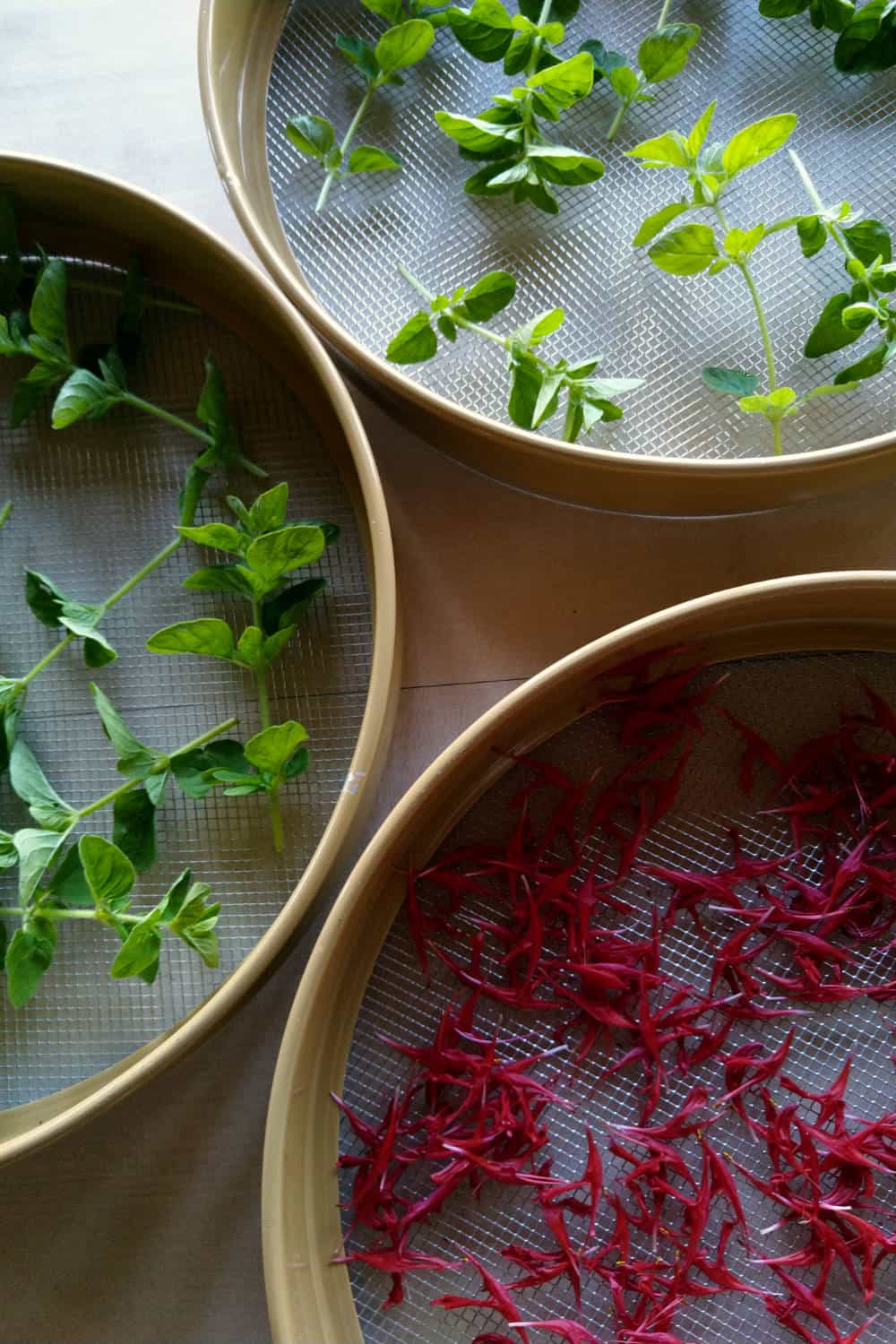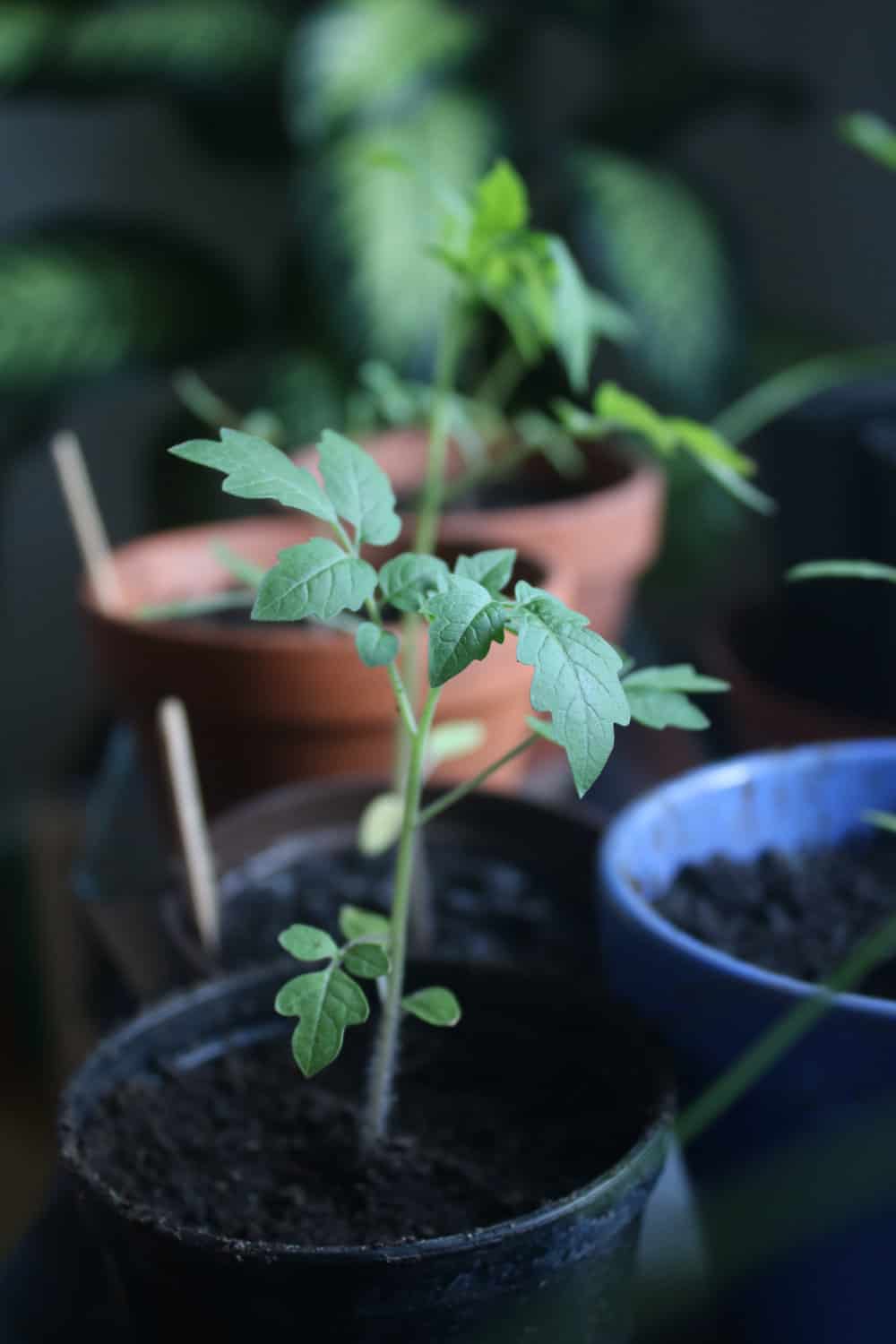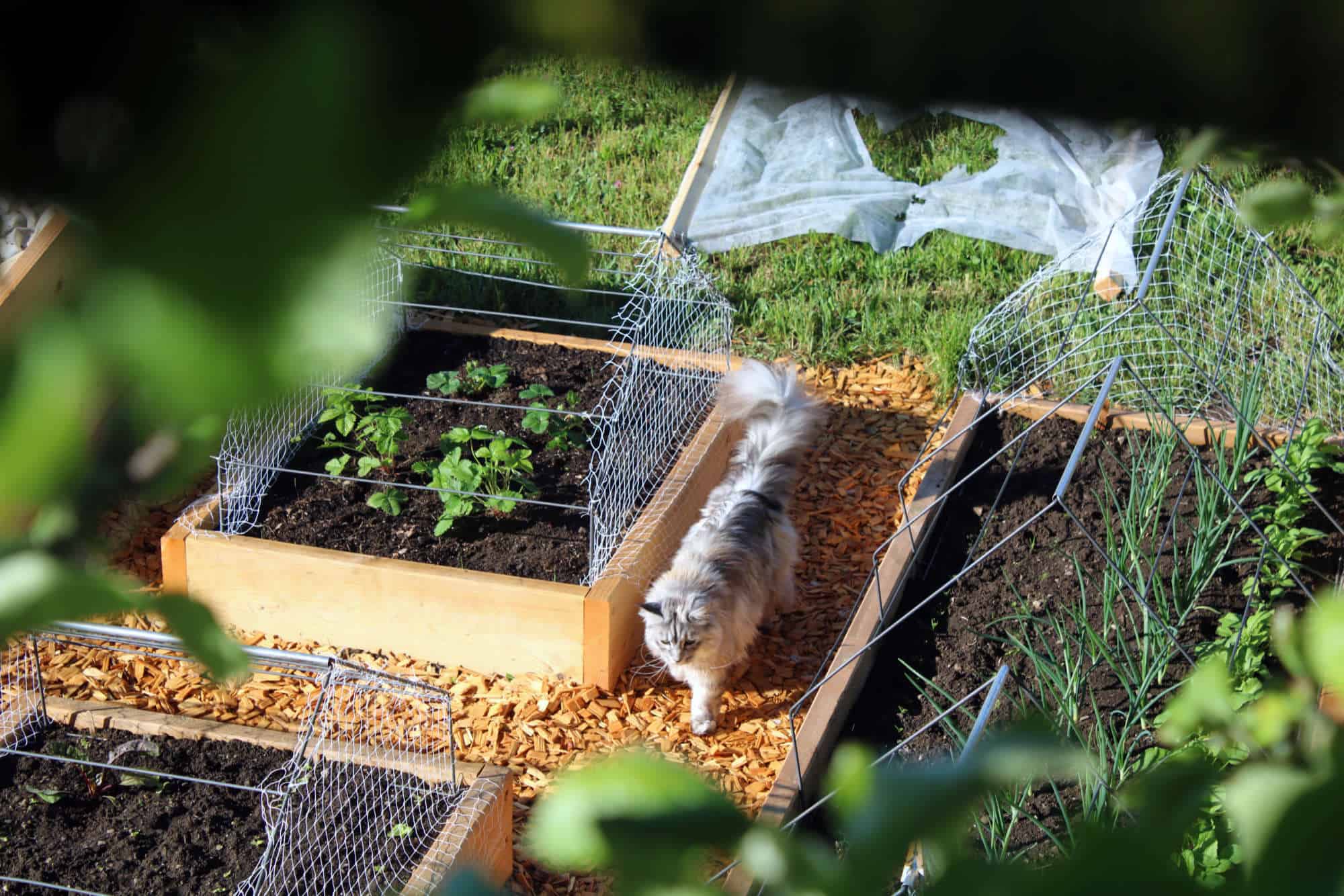Our garden project is in the starting blocks. Reading up on permaculture, optimal sowing schedules, alternative snale-off-keeping-methods and regional superfoods, we curiously discover how little we know, although we thought to live quite consciously.


A few months back, at the beginning of this year, we got our hands on a patch of land. Tobias’ parents live on the edge of a village right above a beautiful mountain lake. While we often admire the views and the light, it is his mother’s flower garden attached to the landscape that I secretly adored the most. Sharing my dream to have a garden of our own some time, his parents offered we could get a head-start using part of the land they owned. Fully aware of the privilege, the two of us embraced the opportunity and now call ourselves proud gardeners.
Well. Maybe not quite yet.
With hardly any previous experience, we readily dove into this new project of ours. Wildly and randomly deciding what vegetables we liked and wanted to watch grow, we mastered out a plan. Many drawings and lists later, we picked up a shovel and started plowing the ground, quickly realizing how physical this would get. Down-sizing our plan a bed or two, as we continued to dig up grass patches, we finally had a rough outline of what would once become our garden. Using his carpentry skills, Tobias created wooden frames for each bed and a tomato cloche for the rather vulnerable plants. In a next step, we built a fence out of wooden posts laying around, using sisal cord to connect them. The idea being that the height and the close intervals would hopefully keep deer away from our plant seedlings, without harming these gracious animals.


And so it seemed we were ready to get planting. But how and when and where? We read about the three sisters – pumpkin, corn and beans – a combination used by the Aztecs to optimize space and growing conditions. The corn providing a grid for the beans to climb up on, while the pumpkin leaves create shade and keep the earth beneath moist. Stunning really.
Further literature had us learn about optimal neighbors, absolute no-go’s, distances to keep between plants and mulch, an important concept we had yet to discover.
Early greens and radishes went into the ground first. Loving the idea of growing something from seed to full plant, we decided to steer away from purchasing seedlings whenever we could. This meant our apartment’s window benches were full of tiny pots of all shapes and sizes, slowly growing tomatoes, zucchini, pumpkin, leek, flowers, and herbs. Some others we tried sowing directly into the ground, such as greens, radishes, carrots and corn. And yet more, we ended up buying as small plants in a local organic gardening market. These included broccoli, fennel, chard, sweet potatoes, strawberries, raspberries and eggplants. Friends of ours starting a tomato plantation contributed with more tomato vines and varieties, along with a new-to-us gooseberry plant. Clearly, we fancy variety and want to try as much as possible. Hopefully, the steep learning curve will help us for the years to come.

Fact is, learning hurts sometimes, when you realize all you get to harvest from rows of sowed lettuce is three tiny leaves. Or when carrots tease you with quickly built leaves, only to then stall in growth. And some random corn sprouts never making it past the earth’s surface, while others seem perfectly fine.
Any frustration however is quickly forgotten, when the grandmother living next door greets us with a warm “good morning fellow gardeners”. Or when radishes become so abundant, we hardly eat a salad without the fresh and spicy addition. And sharing precious moments not only together, but also in company with the garden crazy Maine Coon seemingly owning the land near and far.
This project remains a humbling experience and we feel incredibly fortunate for the opportunity, the peace and lessons Mother nature offers day and night. More on this is certainly to follow.
